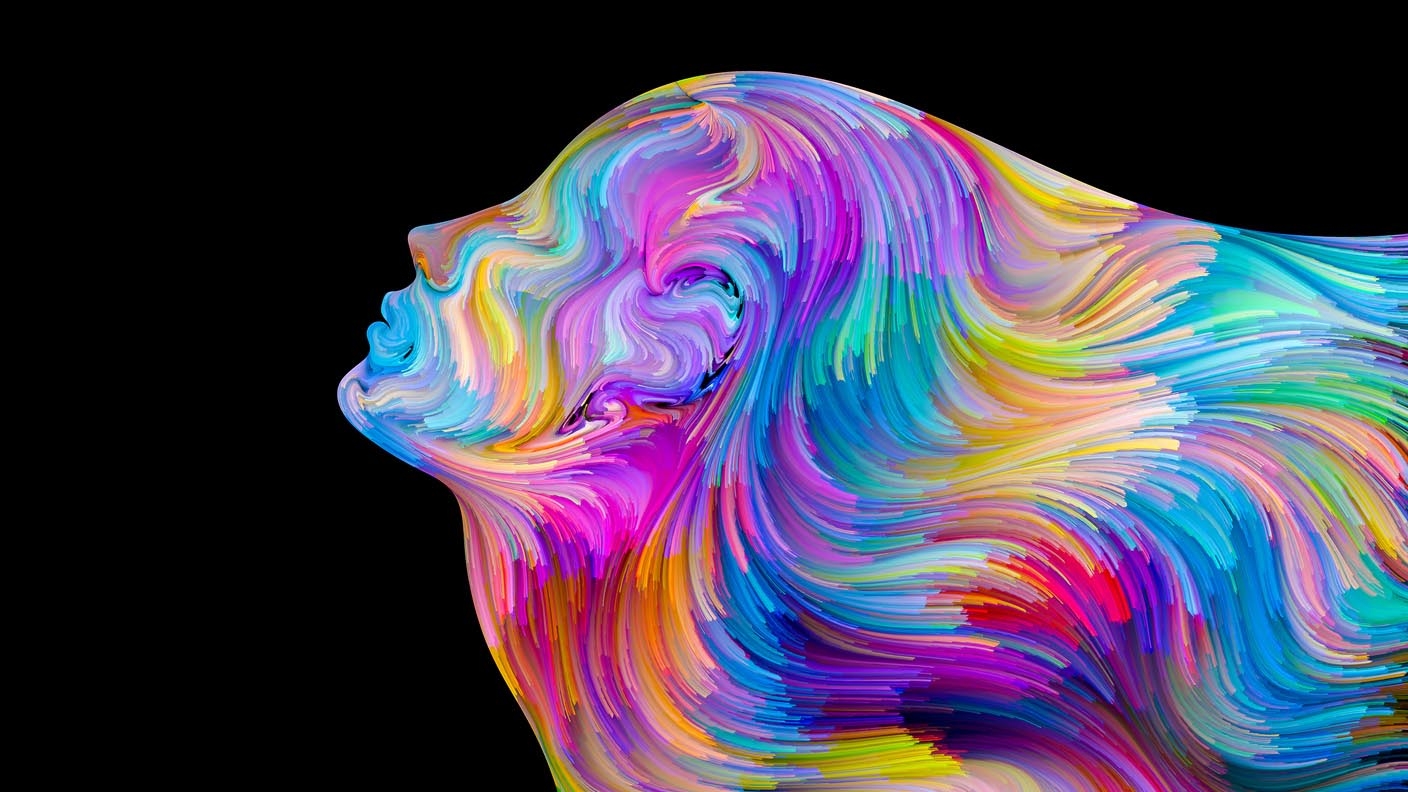When it comes to finding high-quality stock photos, Adobe Stock is a go-to platform for creatives, marketers, and businesses alike. With a vast library that boasts millions of images, videos, and graphics, Adobe Stock makes it easy to access professional visual content for any project. The beauty of
Types of Licenses Offered by Adobe

Adobe Stock provides several licensing options to cater to various needs and types of projects. Here’s an overview of the main types of licenses offered:
- Standard License:
This is the most common license type and is suitable for most uses, including marketing materials, presentations, and websites. The Standard License allows you to use the stock photo for:
- Print (up to 500,000 copies)
- Digital (websites, social media, mobile apps, etc.)
- Broadcast (with restrictions)
- Extended License:
If you need broader usage rights, the Extended License is the way to go. It includes everything in the Standard License but adds:
- No limits on copies
- Greater accessibility for merchandise and templates
- Options for resale or distribution in certain forms
- Editorial License:
The Editorial License is a unique option meant for use in newsworthy or informative contexts. It allows you to use images that depict real events or people in a way that informs or educates the public. Notable points include:
- No modification of images is allowed.
- Cannot be used for commercial purposes.
Understanding these licensing options is vital not just for compliance but to ensure that you choose the correct license based on your project's specific needs. So always take a moment to assess what you need before hitting that download button!
Also Read This: How to Export Lightroom Photos to Behance and Showcase Your Photography Work
How to Purchase Stock Photos on Adobe

Purchasing stock photos on Adobe is a straightforward process that anyone can follow, regardless of whether you're a seasoned pro or a complete beginner. Here's a step-by-step guide to get you started:
- Create an Adobe ID: Before purchasing, you'll need an Adobe account. If you don’t have one yet, head over to the Adobe website and sign up—it’s free and super simple!
- Navigate to Adobe Stock: Once you're logged in, find the Adobe Stock option. You can typically find it in the main menu or through the search function.
- Search for Images: Use relevant keywords to search for the photos you want. Adobe Stock's search functionality is user-friendly and will bring up a range of options.
- Filter Your Results: Use filters to narrow down your search. You can sort images by their orientation, color, and even type. This will save you time and help you find the right image faster.
- Select Your Image: Once you've found an image that catches your eye, click on it for more details. Here, you can see important information such as size, format, and usage rights.
- Add to Cart: If you’re happy with your image choice, click the 'Buy' button. Adobe offers various pricing options, including credit packs or subscription plans. Choose one that fits your needs.
- Process Payment: Follow the prompts to enter your payment details and complete your purchase. Once the payment is processed, the image will be available for download.
And just like that, you’re ready to go with your new stock photos! Don’t forget to keep track of your licenses, especially if you plan to use the images for commercial projects.
Also Read This: Alamy vs Adobe Stock: Comparing Two Prominent Stock Image Providers
Usage Rights and Restrictions
Understanding usage rights and restrictions is crucial when using stock photos from Adobe. Knowing what you can and cannot do helps you avoid legal snafus and ensures that you’re respecting the creators' work.
When you purchase a stock photo from Adobe, you typically receive one of two types of licenses: Standard or Enhanced. Here’s what each means:
| License Type | Usage Rights | Restrictions |
|---|---|---|
| Standard License | - Use for personal, educational, or commercial purposes - Up to 500,000 copies/prints | - No resale or distribution of the photo - Cannot be used in merchandise or templates - No use for unlawful purposes |
| Enhanced License | - All Standard License rights - Unlimited copies/prints - Suitable for merchandise resale | - Similar restrictions as Standard but more flexible - Must still respect the photographer's rights |
Additionally, make sure to keep in mind the following points:
- Your usage must align with the specified rights outlined for each image—always review the licensing details before using.
- Attributing the creator is a good practice, even when it’s not a strict requirement, as it supports the artist.
- Don’t modify the image in any way that could misrepresent its original context; this could lead to copyright issues.
In summary, being aware of the usage rights and restrictions is essential to ensure a smooth and hassle-free experience when purchasing and using stock photos on Adobe!
Also Read This: How to Download YouTube Videos for Free with No Cost
5. Best Practices for Using Licensed Images
Using licensed images can be a bit tricky, but with the right approach, you can ensure that you’re staying on the right side of the law while also creating compelling content. Here are some best practices to keep in mind when using licensed photos from Adobe:
- Understand Your License Type: Stock photos often come with different types of licenses, such as royalty-free or rights-managed. Make sure you know what you’ve bought and its limitations.
- Read the Fine Print: Always take a moment to review the licensing terms. Look for specific usage limitations—like restrictions on commercial use or alterations to the image—to make sure you’re compliant.
- Keep Track of Your Sources: Maintain a log of where you source your images and their respective licenses. It’ll save you a headache in case of any disputes down the line.
- Attribute When Necessary: Some licenses require crediting the photographer or source. If this is the case, ensure you include appropriate attribution in your content.
- Don’t Alter Without Permission: If you’re considering altering a licensed image, check the terms. Some licenses allow modifications, while others do not.
- Be Mindful of Model Releases: If your image features identifiable people, ensure any necessary model releases are in place, especially for commercial use.
Following these practices will not only help you avoid legal issues but will also enhance the quality of your content. After all, a well-chosen image can elevate a whole piece of writing!
6. Conclusion: Making Informed Decisions When Licensing Stock Photos
In conclusion, navigating the world of licensed stock photos can feel overwhelming at first, but being informed can empower you to make the best decisions. Understanding the various types of licenses, the limitations associated with them, and best utilization practices will equip you for a smoother experience.
Remember these key takeaways:
- Do Your Research: Not all images are created equal. Invest time to understand the licensing terms to avoid unnecessary hiccups.
- Stay Organized: Keep a detailed record of your licenses and usage. This will pay off if you ever need to reference your rights.
- Choose Quality: High-quality images elevate your work. Don’t compromise—choose images that enhance your message and align with your brand.
- Consult Professionals: If you’re ever unsure, don’t hesitate to ask for legal advice or consult with someone experienced in licensing.
By embracing these principles and staying informed, you'll not only safeguard your own work but also contribute positively to the creative community. Happy licensing!
 admin
admin








